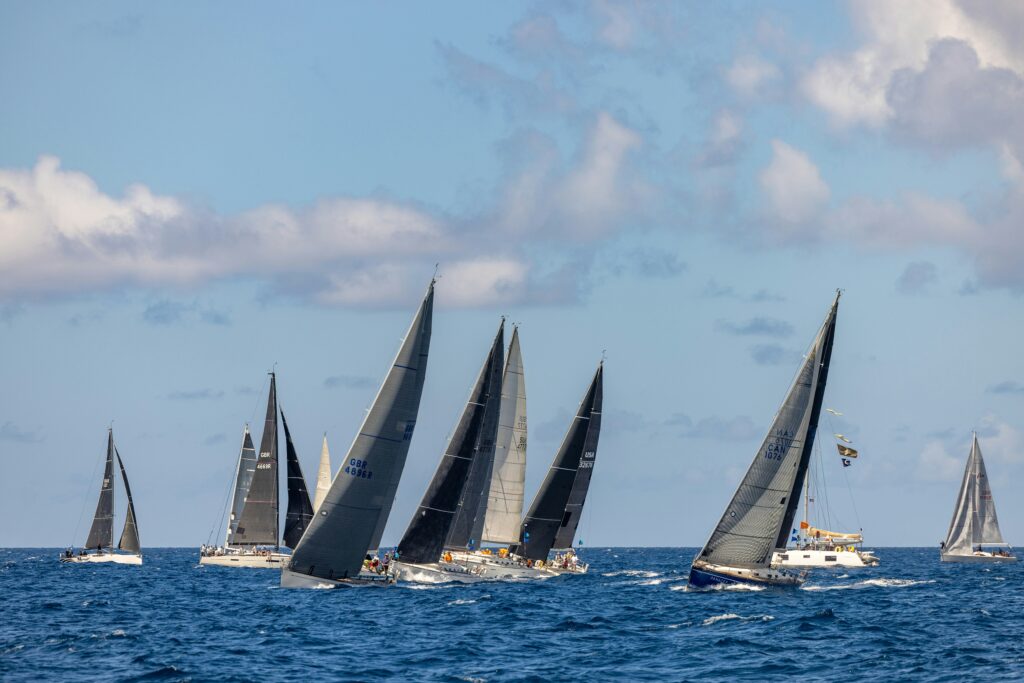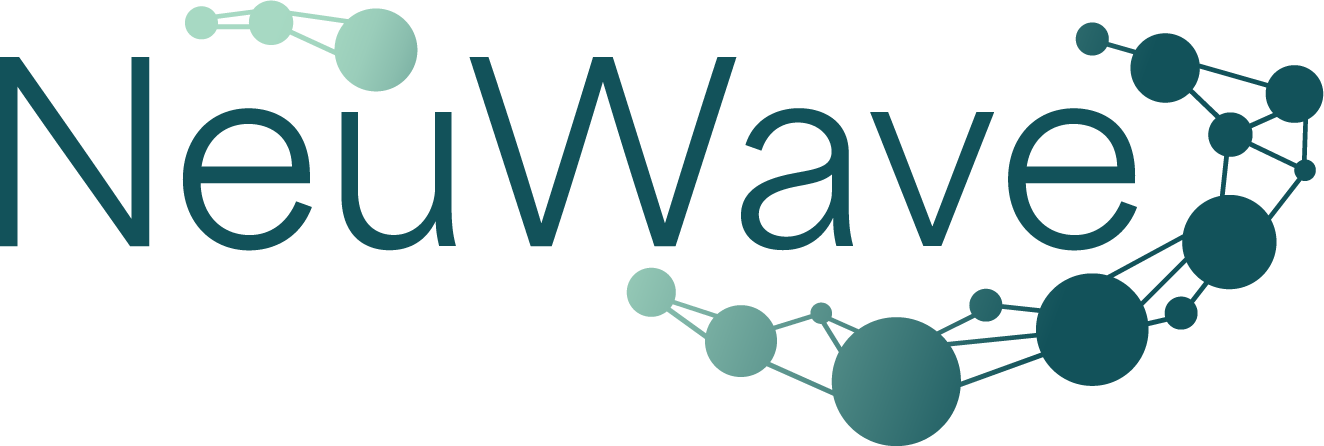Ran every two years by the Royal Ocean Racing Club, the 2025 edition marked the 100th anniversary of the infamous Fastnet Race.
This century-old event isn’t just a showcase of endurance and skill; it’s a case study in how vessels can navigate fast-changing seas and shifting tides. And at NeuWave, our deep research into the Celtic Sea gives us a unique lens through which to view this iconic route.
Let’s dive in.

What is the Rolex Fastnet Race?
The Rolex Fastnet Race has become one of the most prestigious events in offshore sailing, but it’s legacy extends far beyond competition. The race itself has a rich history, overseeing the foundation of the Royal Ocean Racing Club (RORC), as well as countless set records and impressive feats over its century-long run.
The Fastnet Race emerged from the enthusiasm of British yachting writer Weston Martyr, who had experienced ocean racing in Bermuda and returned to England determined to establish the sport.
Founded in 1925 as a small race between a handful of friendly (albeit competitive!) boats, the biennial offshore yacht race that has grown to become one of the world’s most famous. From its inception, the Fastnet has been highly influential in the growth of offshore racing, and linked with technological advancements in both sailing and navigation.
The initial objective, according to Martyr, was simple: “To provide annually one ocean race not less than 600 miles in length.” What started as a niche endeavour has grown into a world-renowned race, drawing professional teams, experimental vessels, and global attention with every iteration.
Now organised and run by the RORC, the Fastnet race has become a showcase for how human endurance, tactical insight, and cutting-edge technology come together in one of the most demanding marine environments in the world.
Today’s route crosses some of the most complex waters in Europe, including the Celtic Sea (a core focus of our research here at NeuWave). Competitors navigate dynamic tidal systems, shifting weather patterns, and swell conditions shaped by Atlantic forces – all whilst making split-second routing decisions.
The Fastnet is as much a test of strategic environmental response as it is of sailing skill.
The fastest Fastnet route (and the inevitable trade-offs)
Starting at Cowes, on the Isle of Wight, the race course follows the south coast of England past Land’s End in Cornwall, and round to Fastnet Rock – which lies off the southwest coast of Ireland – and back again.
The current record for the Rolex Fastnet was set in 2023 by SVR Lazartigue, taking just over 1 day, 8 hours and 38 minutes. Typically the fastest competitors are back within a couple of days, and those further back take a few days longer, though this can depend on the specific route and environmental conditions that year.
Whereas the finish line for the race had previously always been in Plymouth, since 2021 the race has finished in Cherbourg (France).
This extended finish introduces more miles, but also more opportunities for downwind sailing. The fastest routes strike a careful balance: taking advantage of stronger prevailing winds while avoiding zones of significant Atlantic swell, which can reduce boat speed and increase fatigue.
Even in a perfect breeze, crossing swell at an awkward angle can kill momentum and fatigue crews. The tactical challenge lies in finding a route that maintains optimal wind pressure without forcing the vessel through disruptive sea states, a decision that often changes in real time as weather systems evolve.
These trade-offs highlight the growing importance of accurate environmental forecasting and the value of real-time wave, swell, and wind data in planning not just the fastest route, but the most sustainable one.
Taking advantage of the tides – crossing the English Channel
Crossing the English Channel may look straightforward on the map, but it’s one of the most tactically complex parts of the Fastnet Race. Success here hinges on a nuanced understanding of changing tidal movements, local sea states, and cross-channel weather systems that can shift rapidly.
As professional navigator Tom Cheny notes, “Tidal strategy in the western Solent is fairly straightforward,” but things get trickier further west. Near key tidal gates like Portland Bill and Start Point, current strengths can exceed 5 knots, turning timing errors into serious losses in boat speed, or even safety.
The Channel is home to some of the strongest tidal currents in Europe. Navigators must account not just for tide timings, but for how those tides interact with wind direction and swell; creating areas of confused sea state that can sap momentum and wear down crews.
Modern navigation relies on high-resolution tidal and hydrodynamic models. These tools, especially when paired with real-time weather data, allow racing teams to continually recalculate the most efficient crossing windows. Champion sailor Ellie Driver explains that “competitors need to plan in advance – and be able to update routes alongside real-time conditions.”
At NeuWave, we’ve seen firsthand through our research how the application of dynamic tidal forecasting (particularly across the Celtic Sea and English Channel) can transform offshore routing.
This shift from static tide tables to predictive, AI-enhanced models is helping mariners make safer, faster, and more data-informed decisions in challenging waters.
When navigation meets innovation…
It’s not just competitive racing that requires environmental models that support safer, smarter route planning. NeuWave’s AI-powered, high-resolution environmental intelligence tools offer developers and data teams measurable peace of mind across offshore activities.
Technology’s role in modern ocean racing
Advanced data-driven modeling and cutting-edge AI systems are transforming offshore navigation.
When ocean racing, competitors have long utilised static weather forecasts and onboard experience. But with more dynamic routing tools integrating real-time weather overlays, wave models, and vessel specific performance data, sailors can adjust their course on the fly.
These systems allow for dynamic navigation based not only on current conditions, but on historical trends and future projections across an entire race window.
Predictive wave modeling represents the cutting-edge of racing technology. AI-powered systems now provide real-time predictions of ocean waves and vessel motion, allowing for highly accurate and more dynamic race course routing. This technology reduces unnecessary course deviations, maximising safety and speed.
As the precision of these models increases, the gap between best-guess strategy and optimised decision-making continues to narrow, and the difference can be minutes or even hours at the finish line.
Leveraging environmental data in Celtic Sea route optimisation
The Celtic Sea, with its variable swell patterns and layered tidal streams, presents one of the most complex decision-making environments in the Fastnet Race, and one where NeuWave’s research and modelling are directly applicable.
Environmental data use has evolved from observational logs to live-streamed analytics. Racing teams now apply high-resolution AI systems that ingest vast datasets in real-time, enabling split-second tactical decisions over hundreds of miles.
One ORC study showed that modern weather-routing software predicts elapsed race times within 5% accuracy, compared to traditional estimates which under-predict by up to 30%. These gains are particularly critical in the Celtic Sea, where mid-race routing adjustments can spell the difference between exploiting a wind shift or being becalmed in confused swell.
Routing challenges also spike in marginal conditions – light breeze, foul tide, or rising chop. Dynamic programming-based routing engines factor in real-time yacht polar data (how the boat performs at different wind angles and speeds), enabling continuous optimisation throughout the race.
This shift from reactive to predictive decision-making marks a paradigm shift not just for sailing, but for the future of offshore operations.
The Rolex Fastnet Race is a case study in environmental strategy; from tidal planning to predictive routing, success demands precision.
At NeuWave, we bring this same data-driven approach to offshore operations. Helping vessels, developers, and planners navigate complex marine environments with greater safety, efficiency, and confidence.
As the ocean evolves, so too must the way we move through it.
Ready to see how data can transform offshore decision making?
In racing and beyond. Explore how NeuWave’s real-time modelling and environmental forecasting tools support optimised offshore navigation – from tidal planning in the Channel, to wave-aware routing across the Celtic Sea.

